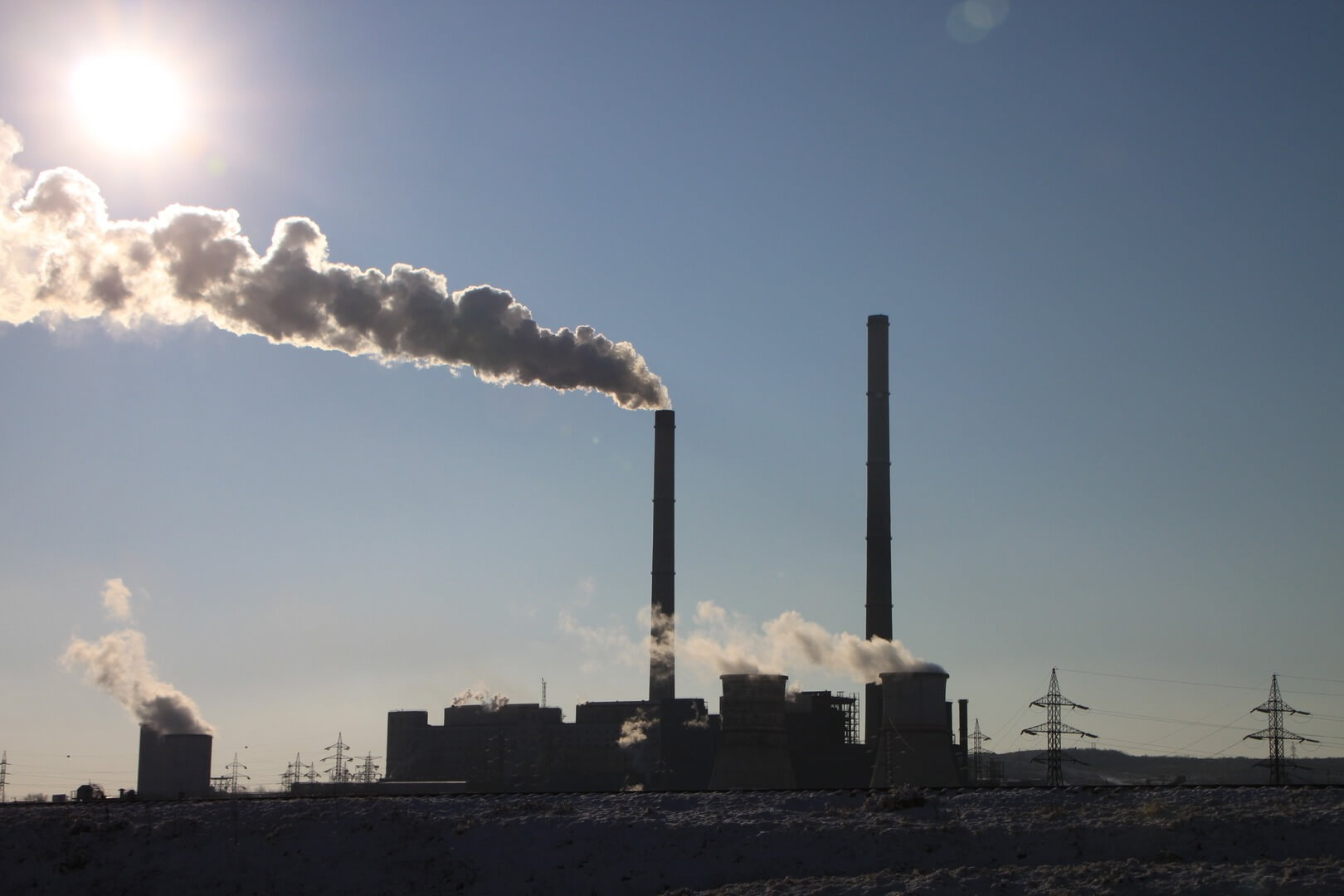In the global pursuit of a net-zero future, Carbon Capture, Utilization, and Storage (CCUS) technologies have emerged as a critical, albeit often debated, component. For sectors where emissions are notoriously difficult to abate – think cement, steel, and heavy industry – CCUS offers a viable pathway to deep decarbonization. While the concept isn’t new, the pace of innovation in next-generation CCUS technologies is accelerating rapidly, promising more efficient, cost-effective, and environmentally robust solutions.
The Imperative for Next-Gen CCUS
Traditional CCUS approaches, while foundational, face hurdles including high energy demands, significant capital expenditure, and public perception challenges around long-term storage. The imperative for next-generation CCUS is driven by:
- Cost Reduction: Making capture, transport, utilization, and storage more economically viable for widespread adoption.
- Efficiency Improvements: Minimizing the energy penalty associated with CO2 capture, particularly from dilute sources.
- Scalability: Developing modular and adaptable solutions that can be deployed across various industrial settings and at different scales.
- Enhanced Utilization Pathways: Creating more valuable products from captured CO2, turning a waste product into a resource.
- Permanent and Safe Storage: Ensuring secure, long-term geological storage or durable conversion into stable materials.
Breakthroughs in Carbon Capture
The initial hurdle in the CCUS chain is effective CO2 capture. Next-generation innovations are focusing on novel materials and processes:
- Advanced Solvents and Sorbents: Beyond conventional amine-based systems, new liquid solvents and solid sorbents are being developed. These materials offer higher CO2 selectivity, faster reaction rates, lower energy regeneration requirements, and greater resistance to degradation. Examples include advanced amines, ionic liquids, metal-organic frameworks (MOFs), and porous polymers.
- Membrane Separation Technologies: Permeable membranes offer a less energy-intensive alternative to traditional absorption. Innovations in polymer, ceramic, and mixed-matrix membranes are improving CO2 permeability and selectivity, making them suitable for capturing CO2 from dilute flue gas streams at lower pressures and temperatures.
- Cryogenic Carbon Capture: This method involves cooling flue gas to extremely low temperatures to liquefy and separate CO2. Next-generation cryogenic systems are becoming more efficient through process intensification, such as using advanced heat exchangers and integrating with renewable energy sources to reduce the cooling energy demand.
- Chemical Looping Combustion: This promising technology uses a metal oxide oxygen carrier to transfer oxygen from the air to a fuel, inherently separating CO2. This avoids the high energy costs of air separation units, leading to highly concentrated CO2 streams that are easier to capture and store.
- Direct Air Capture (DAC): Perhaps the most ambitious form of capture, DAC extracts CO2 directly from the ambient atmosphere. While highly energy-intensive currently, advancements in sorbent materials, contactor designs, and renewable energy integration are rapidly improving its efficiency and reducing costs. DAC is crucial for addressing historical emissions and residual emissions from distributed sources.
